Everything you need to know about the lute
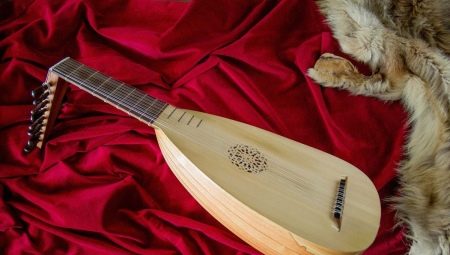
The lute is an ancient musical instrument belonging to the string family... Its popularity peaked in the 16th century, but even today you can hear its melodic sound. About what the lute is, what is the history of its origin, as well as many other things will be discussed in the article.

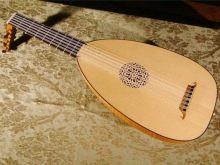

What it is?
The lute is a stringed plucked musical instrument. It appeared in ancient times, and therefore it can be safely called medieval.
By the way, it was the image of this instrument that was considered by some nationalities as a symbol of harmony, youth and love.
Visually, the lute looks like it is somewhat reminiscent of a balalaika, domra, or a Japanese string instrument called shamisen. Some consider it to be a close relative of the guitar, but when compared, the difference between the two is obvious. The lute is an independent, original species that has a number of its own characteristics and characteristics.
Its shape is oval or pear-shaped. In general, this musical instrument is almost entirely made of wood. To create the deck, thin plates are used, also made of wood. The body is usually assembled from separate parts made of strong and hard species of wood, such as maple, cherry, rosewood and others.
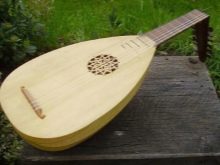

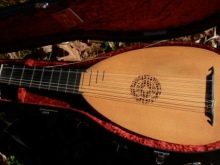
Such a part of this musical instrument, like the neck, does not hang over the soundboard, but is located on the same level with it, which significantly distinguishes the lute from its other musical relatives belonging to the string plucked group. The neck of the instrument is usually made of light wood.
As for the number of lute strings, during the Middle Ages there were only 4 or 5 paired ones, and in the Baroque era, the number of strings could reach 19. Currently, the number of paired strings on a given musical instrument can be very different - from 5 to 16, and sometimes up to 24.
By its size, the lute can hardly be called a large musical instrument. Its length does not even reach a meter, making up only 80 centimeters, and its weight is no more than 500 grams.
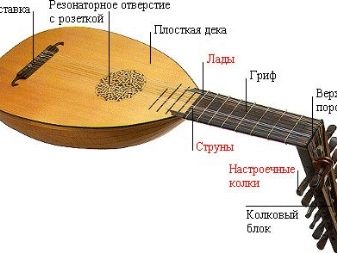

History of origin
As already stated, The lute is a rather old musical instrument that appeared back in the Middle Ages. Unfortunately, it is impossible to name the exact date of its appearance, as well as a specific place.
Over the entire period of its existence, the lute, of course, has undergone a large number of changes - the number of paired strings, the tuning, size, construction, and more have changed.
So, something similar to our modern lute was used in ancient times in Egypt, Greece, Rome, Bulgaria, China, Cilicia and other places. In addition, at the beginning of the 7th century, a similar-looking musical instrument could be observed in Persia, Armenia, Byzantium, and even in the Arab Caliphate.
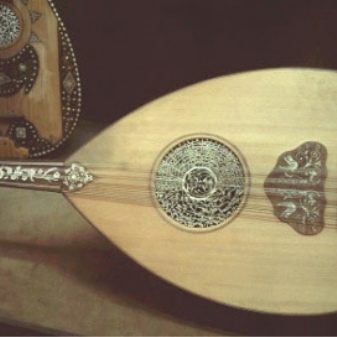

On the Balkan Peninsula, such a musical instrument as the short-necked lute became widespread in the 6th century due to its active use by the Bulgarians. In the 8th century, thanks to the Moors, the lute became very popular in Spain and Catalonia.
Soon they learned about the instrument almost everywhere. By the XIV century, the lute was spread throughout Italy, then from Palermo it moved to Germany. So, from the 15th to the 16th centuries, the sound of the lute could be heard in Italy, and in Germany, and in Portugal.
In the 16th century, the popularity of this musical instrument reached its peak. During the Renaissance, the lute was often depicted in paintings from that period.


In addition, a large number of lute players began to appear - musicians who performed certain melodies on the lute. There was also a lot of luthier - this is what the masters of the manufacture of this musical instrument were called. Subsequently, they began to call the masters of making any musical instruments belonging to the string group. Thus, among the best luthiers of that period were the Bolognese masters L. Mahler and G. Frey.
The lute has become the main instrument of both professionals and amateurs. It sounded not only in the homes of ordinary people, but also in royal palaces. The lute was so fond of everyone, including representatives of royal blood, that they began to call it “the instrument of all kings”.
Thus, by the end of the 15th century, more than 400 musical compositions for the lute had been created in European countries. It is believed that people such as Francesco Spinacino and John Dowland were of the greatest importance for this musical instrument. In general, a variety of musical compositions were performed on the lute: both solo and ensemble, accompaniment was made to various vocalists, as well as choirs. In addition, she was often included in orchestras.
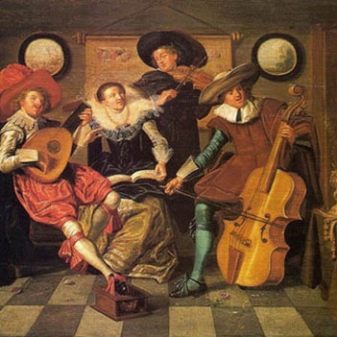

Such schools have become especially widespread and popular, where they taught the creation of this kind of musical instruments. The most popular of them was located in the Italian city of Bologna.
Some composers from the Baroque era also had a great influence on this musical instrument and its distribution. These include such names as, for example, Johann Sebastian Bach, Denis Gaultier and others.
However, at the end of the 17th century, the popularity of the lute began to decline, and at a rapid rate. By this period, such instruments as the guitar and the harpsichord appeared, and a little later the piano. It was they who began to supplant the lute from the list of the most demanded musical instruments.


By the 18th century, it had practically ceased to be used. However, some varieties of lute were still quoted in countries such as Sweden, Ukraine, Germany.
Only at the turn of the 19th and 20th centuries, thanks, in particular, to such a British instrumental master as Arnold Dolmech, did they again become interested in the lute.
By the 70s of the XX century, this musical instrument began to be included in the musical program of concerts of various performers - both singles and whole groups. So, among the famous composers of this period, who created works for playing the lute, included such people as Vladimir Vavilov, Shandro Kallosh, Stefan Lungrend, and many others.
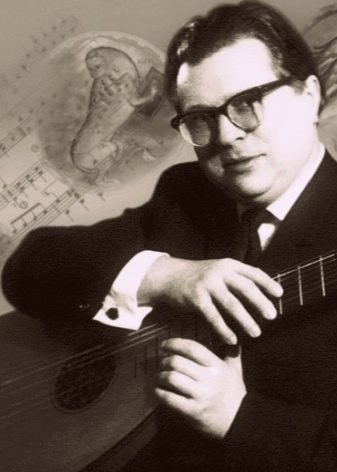

Sound
The sound of a lute is rather unusual for a modern listener, for him it sounds like a kind of monophony. It remotely resembles a guitar one, however, the sound of the first instrument is still in many respects softer, and the timbre has some velvety, and it is also full of overtones.
In addition to the method of playing, the sound is greatly influenced by the material from which the strings of this musical instrument are made. If previously vein strings were used, that is, from natural materials, now the priority is nylon strings. The difference between the sound of such strings is very noticeable, especially for a professional player.
As for the range of the lute, it is about 3 octaves. The lute does not have a specific tuning.
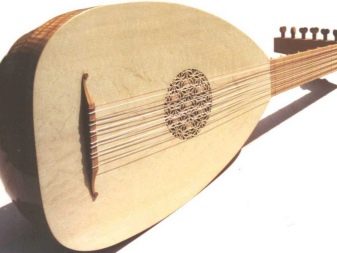

Species overview
The ancient musical instrument, the lute, has a large number of varieties: soprano, theorba, baroque lute, as well as the Ramian, bandora, cantabile, theorba, quitarrone and many others. Let's consider the most famous of them.
- Baroque... Such a lute appeared due to experiments with its tuning around the 16th century.
A well-known performer who was a master of this variety was Sylvius Leopold Weiss.
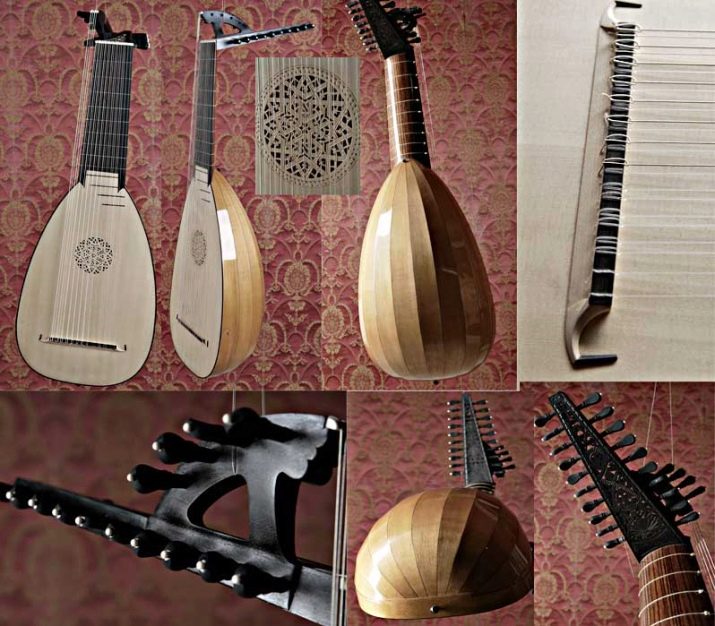
- Theorbo... This type of lute belongs to bass, it appeared in the same way as the aforementioned baroque lute, back in the 16th century. The instrument has two tuning pegs and two resonance boxes. Usually it has 14 strings, but in the early Baroque you can find a theorba with 19 strings.
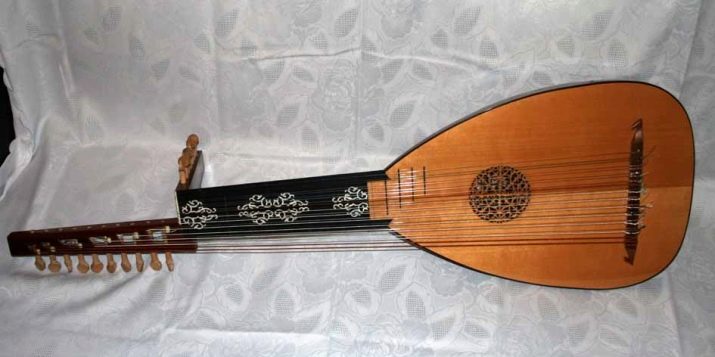
- Mandolin... Another type of lute. However, the mandolin is still somewhat smaller than the lute itself. This instrument appeared in European countries, in the southern regions. It is usually played with a plectrum such as a tremolo.
In modern times, this variety has strings made of metal.
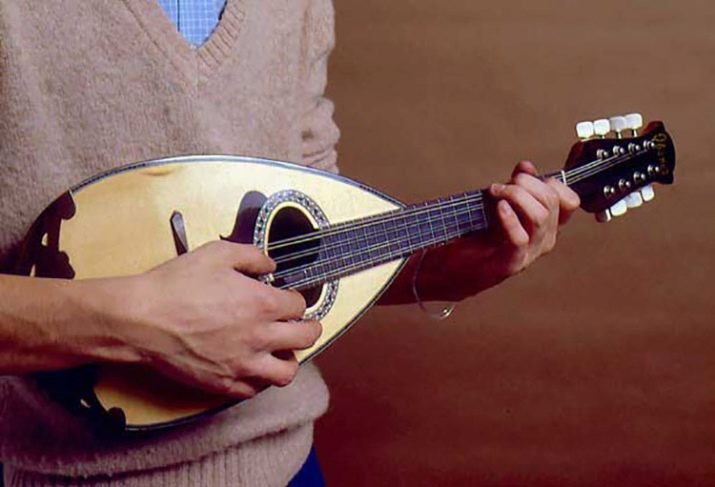
- Lute of the Renaissance. This musical instrument is traditional for the Renaissance. The instrument, depending on the type, has a different number of string pairs.
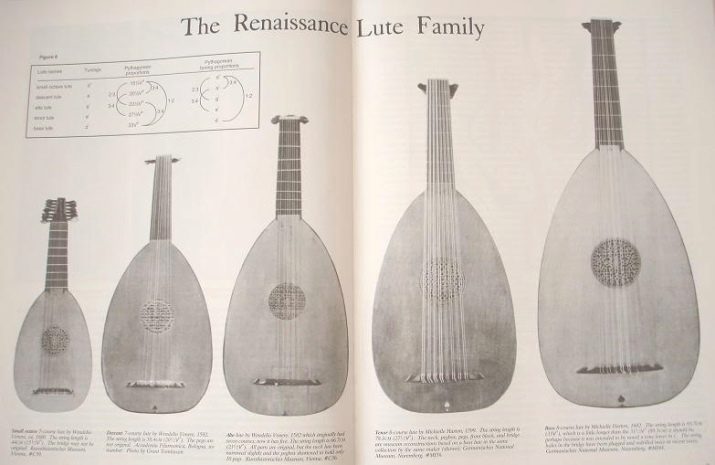
- Lute Vandervogel. And this species is originally from Germany. Vandervogel has many similarities to the Renaissance lute. However, it has a lot of similarities with the guitar we are all used to: it has 6 strings and metal pegs.
Since the middle of the 9th century, this variety has been quite popular with musical performers.
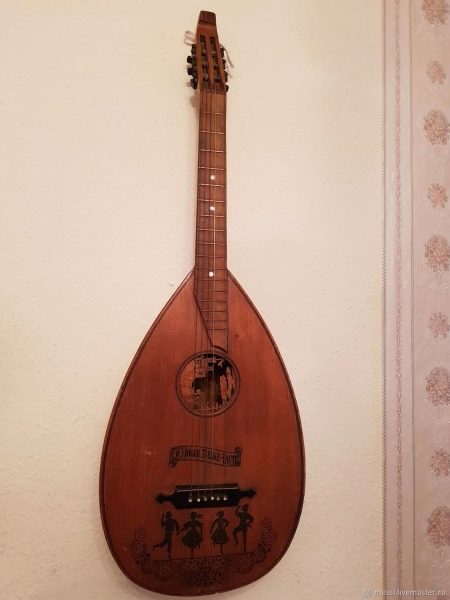
- Bandora... Bandora, like all of the above varieties, belongs to the lute family.
Alas, at the moment this variety is practically not used by musicians, and there are not so many instruments left.

Application
Despite the fact that the lute appeared a long time ago, its prevalence in the field of music is still not decreasing. Very often you can contemplate playing this musical instrument and hear its sound at various concerts and even some extensive festivities. Many well-known contemporary composers have composed or are still composing a fairly large number of works for the lute.
These include Vavilov, Kallos, Lundgren, Sato, Galvao, Vissems, Danilevsky, Zvonarev, Savchuk and many others.









